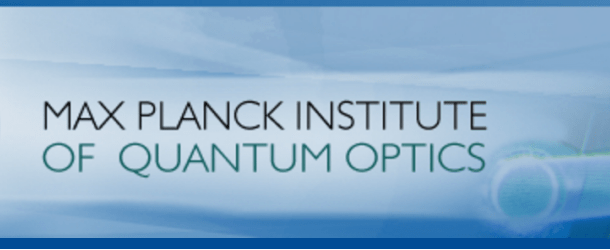Researchers at Max Planck Institute of Quantum Optics Achieve Unprecedented Accuracy in Quantum Electrodynamics

(Phys.org) Physicists at the Max Planck Institute of Quantum Optics have tested quantum mechanics to a completely new level of precision using hydrogen spectroscopy, and in doing so they came much closer to solving the well-known proton charge radius puzzle.
This high accuracy was achieved by the Nobel Prize-winning frequency comb technique, which debuted here for the first time to excite atoms in high-resolution spectroscopy.
Predictions of physical theories – exact numbers – can be verified or falsified by experiments. The experiment is the highest judge of any theory. Quantum electrodynamics, the relativistic version of quantum mechanics, is without doubt the most successful theory to date. It allows extremely precise calculations to be performed, for example, the description of the spectrum of atomic hydrogen to 12 decimal places. Hydrogen is the most common element in the universe and at the same time the simplest with only one electron. And still, it hosts a mystery yet unknown.
The success of the frequency comb spectroscopy performed in this project also means an important milestone in science for another reason. Precision spectroscopy on hydrogen and other atoms and molecules has so far been performed almost exclusively with continuous wave lasers. In contrast, the frequency comb is generated by a pulsed laser. With such lasers it is possible to penetrate to much shorter wavelengths up to the extreme ultraviolet range.





















